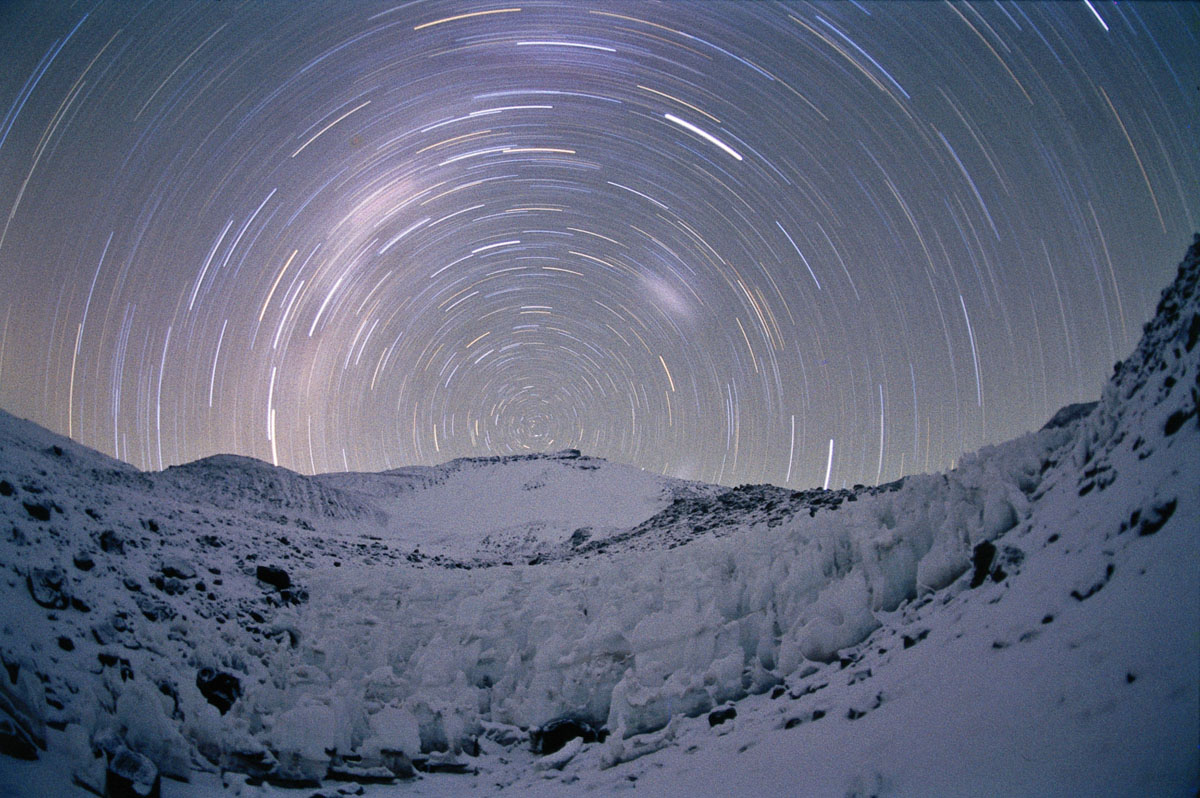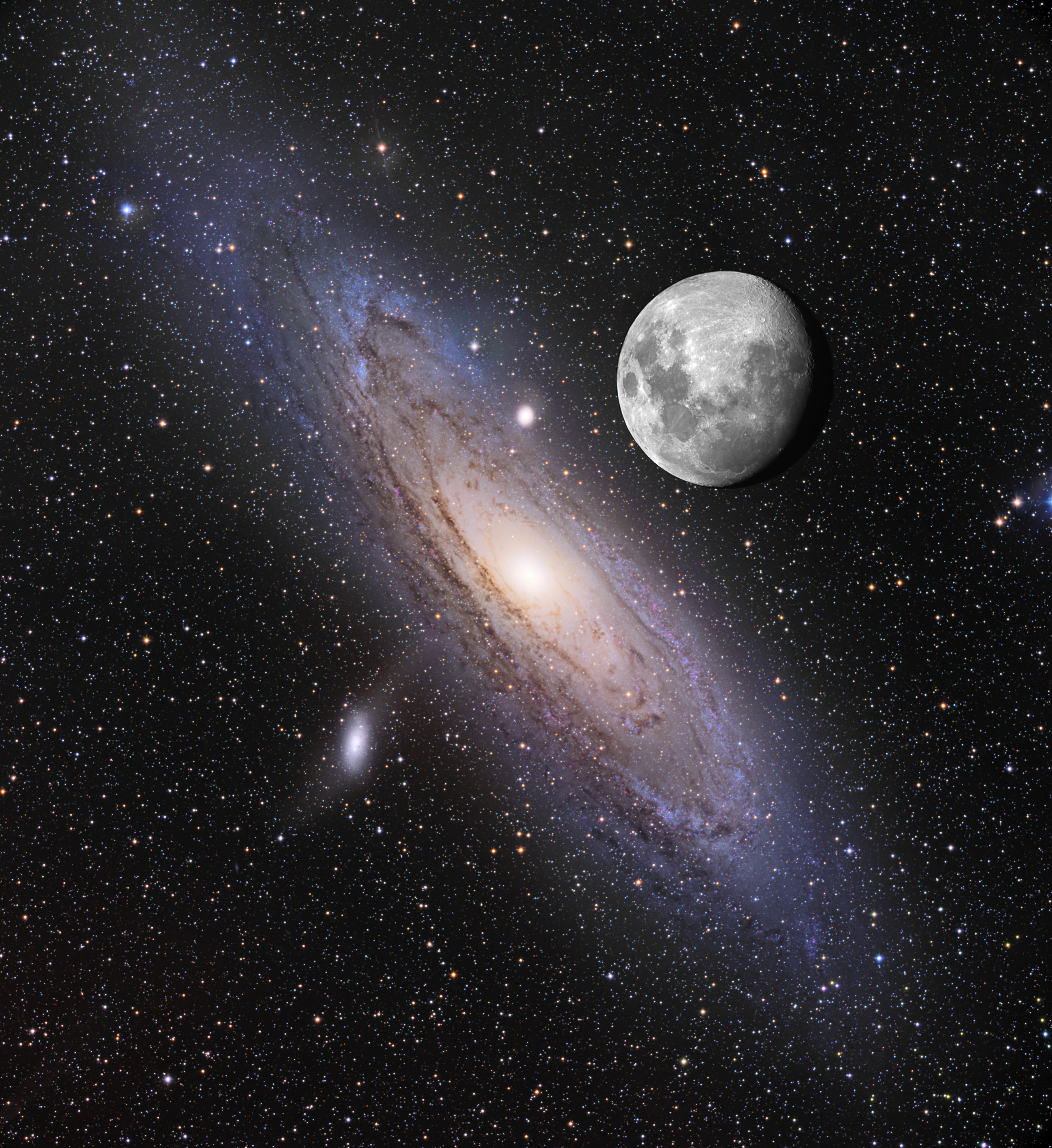Not-quite-apod-but-cool-nonetheless
 The new telescope Hinode, launched by Japan, showed a new view of the sun that was captured on October 27. As the satellite orbits the sun it is in sunlight for 9 months out of the year. This photo was taken with the X-Ray telescope mounted on the sattelite. I think it is especially spiffy looking and I hope that I can find more video on these awesome recordings.
The new telescope Hinode, launched by Japan, showed a new view of the sun that was captured on October 27. As the satellite orbits the sun it is in sunlight for 9 months out of the year. This photo was taken with the X-Ray telescope mounted on the sattelite. I think it is especially spiffy looking and I hope that I can find more video on these awesome recordings.



